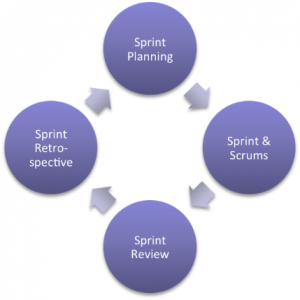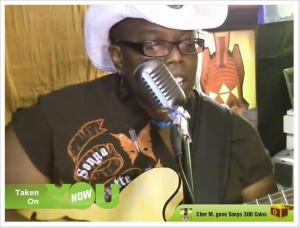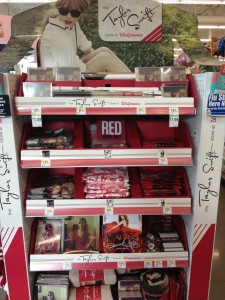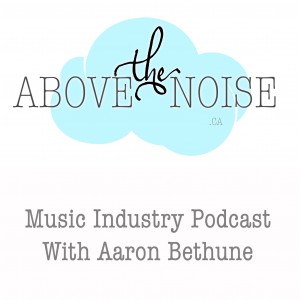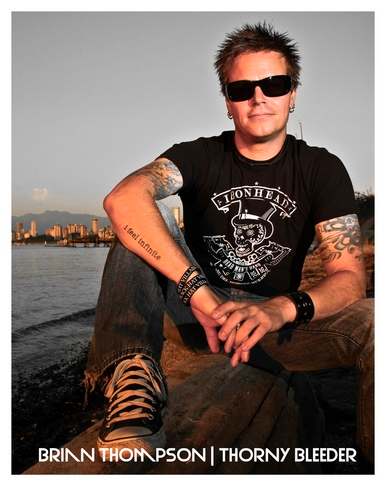The craft of stage performance is a critical part of every performing artist’s success. This weekend, I watched three excellent performances: Cirque du Soleil’s Amaluna, the emerging Seattle female music duo Lemolo, and veteran Disney and boy band performer, Justin Timberlake, on Saturday Night Live. As an artist watching these three performances, it struck me that stage skills are more important, in some ways, than musical talent. An audience is transfixed, transported and transformed by a great performance – the material is almost secondary. I learned some important things watching these performances.
“Music is the shorthand of emotion.” – Leo Tolstoy
Cirque music always fascinates me, because the musicians are creating a real-time, live soundtrack for the stage performers. Music is a critical part of the show. The vocalists are front and center from the beginning, and guitarists and drummer walk around the stage and audience during the show. They all have great costumes. The lyrics are generally not in English, or there are none, but the music is powerful nonetheless (or perhaps because of this). I could relate especially well to the Amaluna show, since the musicians are all female – and not all in their twenties. These women rocked, and they looked good doing it.
What Cirque musicians have mastered is the focus on emotion. Even without decipherable lyrics, the musicians express and amplify the stage show as they guide the unfolding story. It’s pure, emotive expression – the anchoring principle of every good performance. As performers, we must transmit something deeply emotional to the audience. The technical details matter far less than making that connection.



